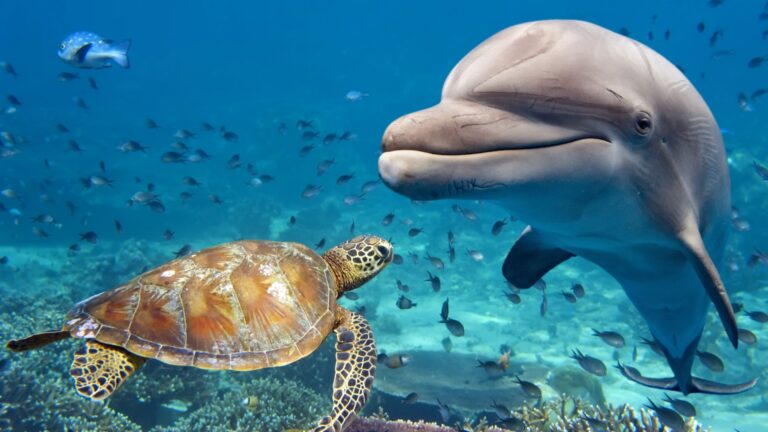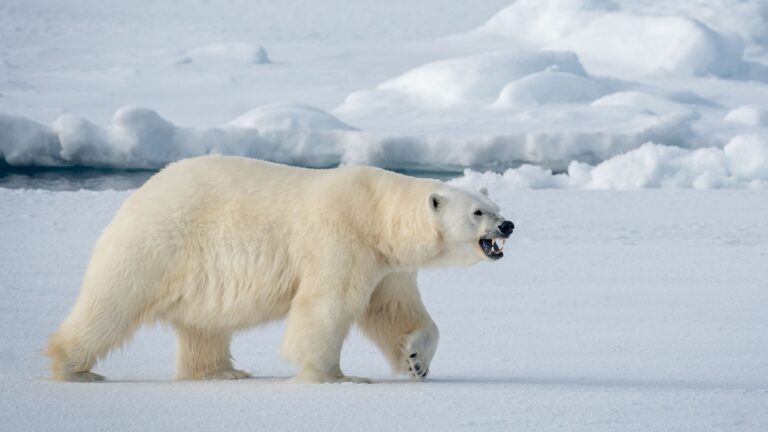Soft-Tissue Fossil Reveals 15 Fascinating Facts About The Plesiosaurs
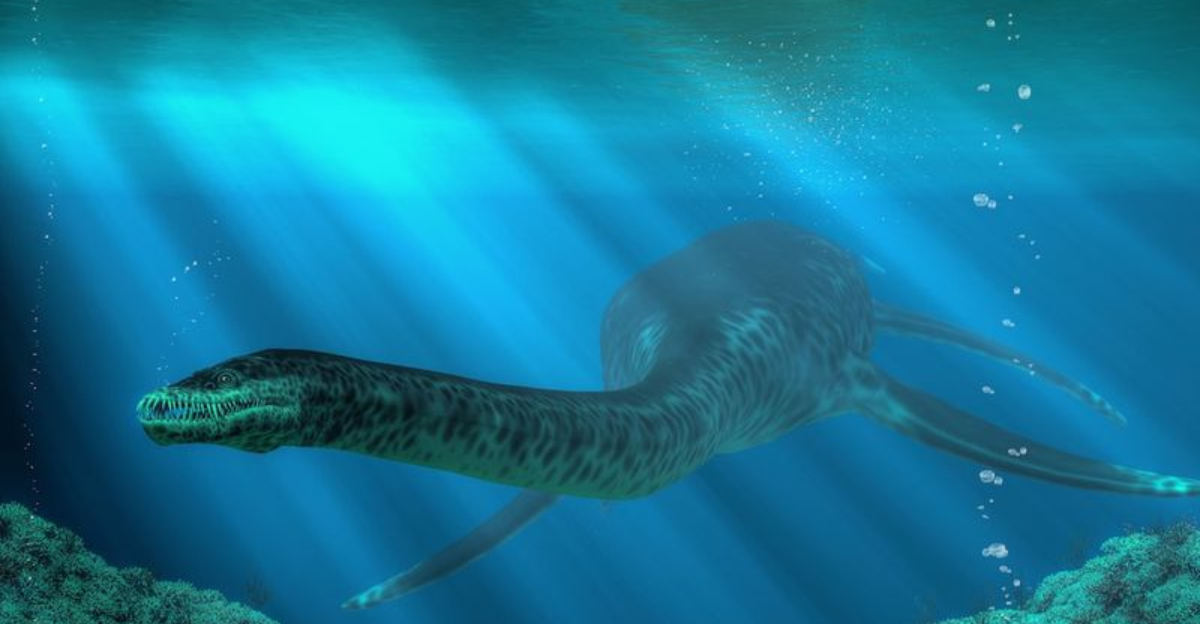
Plesiosaurs, those intriguing sea dwellers from eons past, have always captured our imaginations with their unusual anatomy and mysterious lives.
These marine reptiles, often confused with dinosaurs, roamed the oceans during the age of the dinosaurs. With their long necks, sharp teeth, and powerful flippers, they were perfectly adapted to their underwater habitat.
1. They Weren’t Dinosaurs
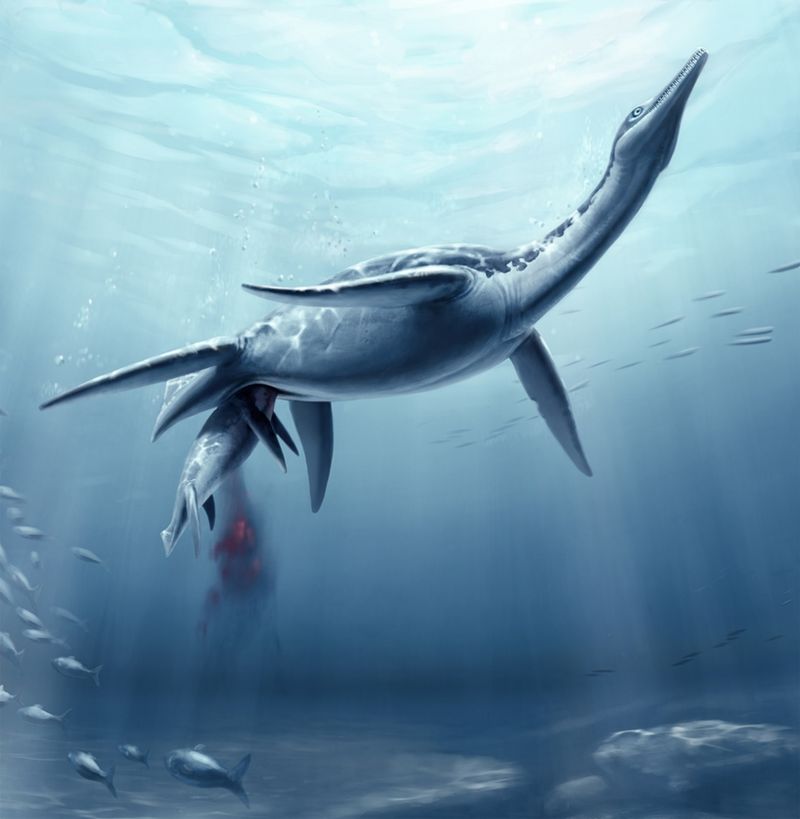
While often mistaken for dinosaurs, plesiosaurs were actually a distinct group of marine reptiles. Unlike their land-dwelling contemporaries, these creatures spent their lives in the water.
Their unique adaptations for aquatic life set them apart from their dinosaur cousins, and they shared the seas with other marine reptiles like mosasaurs and ichthyosaurs.
This distinction highlights the incredible diversity of life forms that thrived during the Mesozoic era.
2. Iconic Long Necks
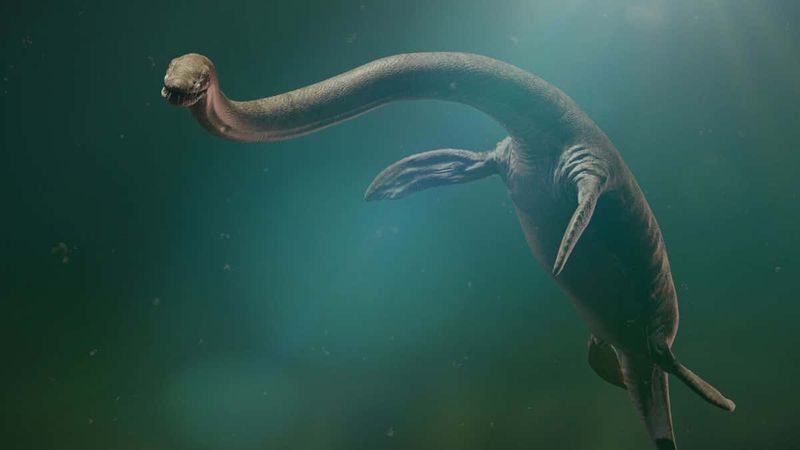
Plesiosaurs are famously known for their extraordinarily long necks, with some species boasting over 70 vertebrae.
This anatomical marvel is not only visually striking but also played a crucial role in their hunting strategy.
The length of their necks allowed them to stealthily approach prey without disturbing the water, making them efficient predators despite their relatively slow swimming speed.
Such a design is truly a testament to evolutionary ingenuity.
3. Four Flippers For Speed
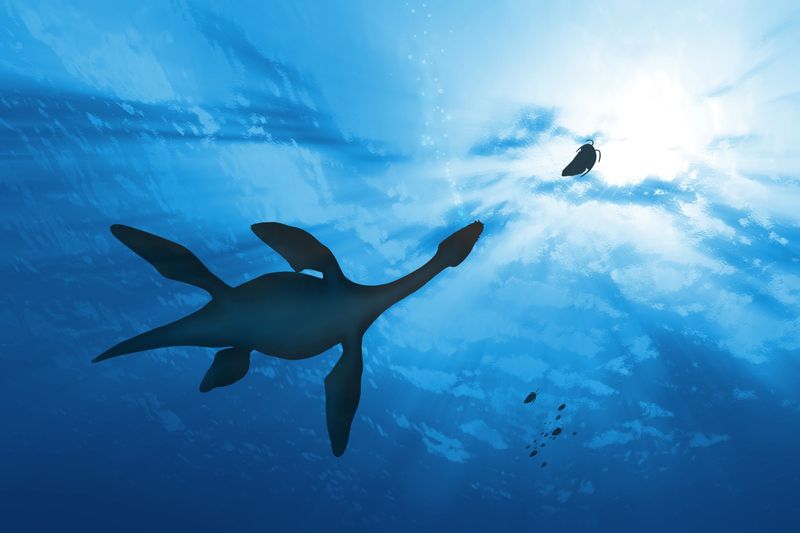
With four strong, paddle-like flippers, plesiosaurs were designed for elegant swimming. These unique limbs helped them maneuver with grace and precision, akin to underwater ballet dancers.
Their flipper-driven propulsion was efficient, enabling them to cover vast ocean distances, much like modern-day sea turtles do.
However, unlike fish or sharks, plesiosaurs used an up-and-down motion to move forward, showcasing a unique blend of form and function in aquatic navigation.
4. Not Built For Speed Chases
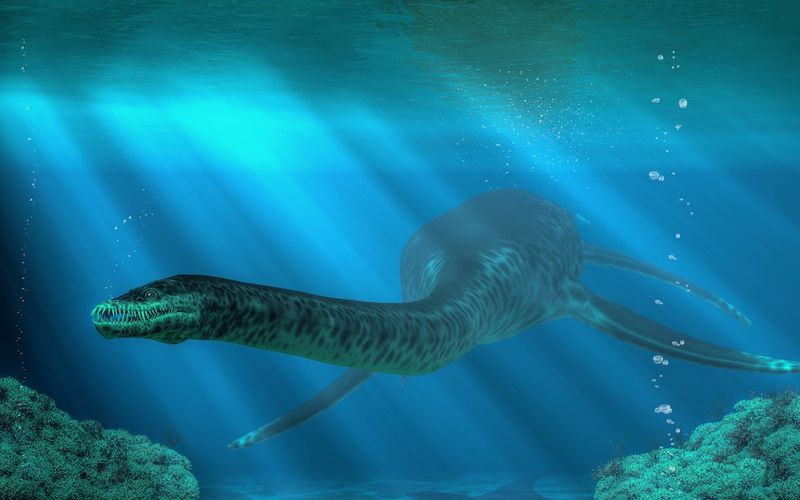
Though their swimming style was graceful, plesiosaurs weren’t built for high-speed pursuits. Instead, their long necks suggest a reliance on stealth and surprise when hunting.
By positioning themselves close to unsuspecting prey, they could strike with minimal disturbance.
This strategy likely involved slow, calculated movements, allowing them to capture fish and other marine life with precision. Their hunting methods reflect a fascinating adaptation to life in the prehistoric oceans.
5. They Gave Birth To Live Young
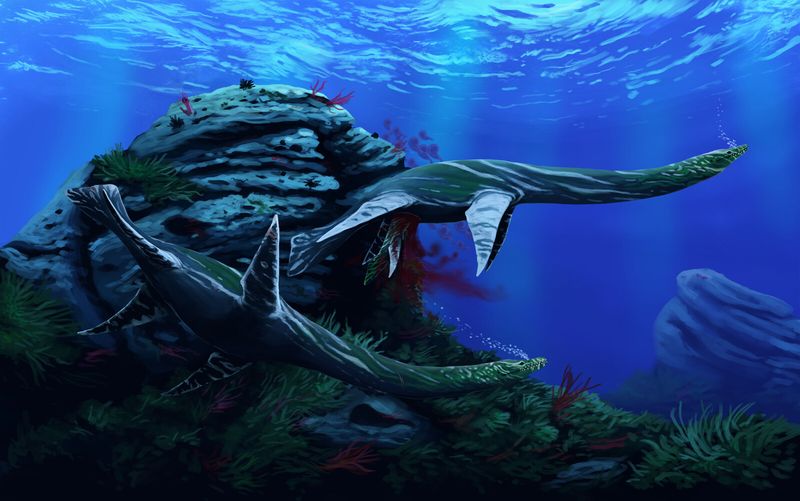
In a surprising divergence from many reptiles, plesiosaurs are believed to have given birth to live young, similar to modern whales.
This adaptation suggests a nurturing side, where mothers likely cared for their offspring in the vast ocean.
Giving birth to live young would have provided the juveniles with a better start, avoiding the vulnerabilities associated with egg-laying.
Such a reproductive strategy might have contributed to their success and longevity during the Mesozoic era.
6. They Ruled The Jurassic Seas
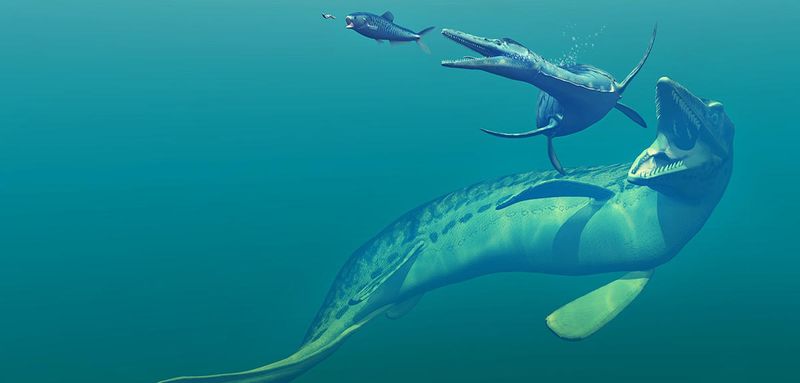
Plesiosaurs were the undisputed rulers of the Jurassic seas, flourishing between 200 and 145 million years ago.
Their dominance is attributed to their specialized adaptations for underwater life, allowing them to thrive alongside other marine giants like ichthyosaurs.
The oceans of the Jurassic period were teeming with life, and plesiosaurs held a significant place within this vibrant ecosystem. Their reign came to symbolize a golden age for marine reptiles.
7. Different Body Types
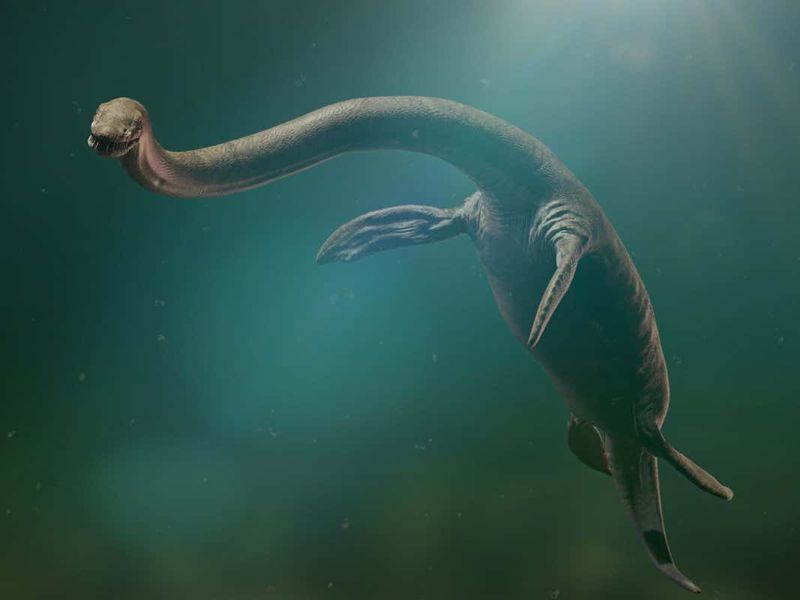
Not all plesiosaurs were created equal when it came to body shape. While some boasted incredibly long necks, others had shorter necks and larger heads, adapted for different hunting styles.
This diversity in body types allowed them to exploit various ecological niches. The long-necked varieties often went after small fish, while the short-necked plesiosaurs likely targeted larger prey.
Such variations illustrate the evolutionary creativity and adaptability of these ancient marine reptiles.
8. They Had Sharp, Interlocking Teeth
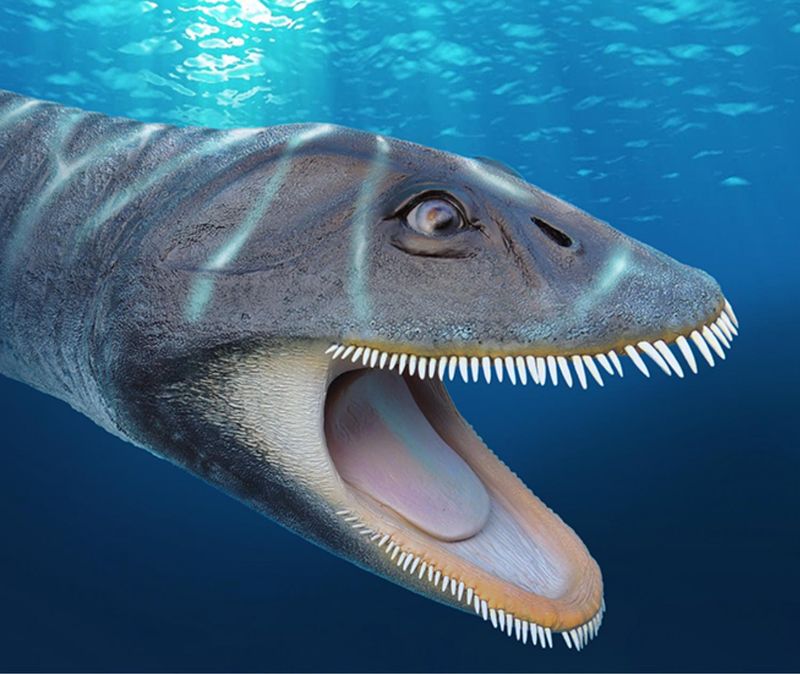
Armed with rows of sharp, interlocking teeth, plesiosaurs were well-equipped to catch slippery prey like fish and squid.
These needle-like teeth acted like a living fish trap, holding onto prey and preventing escape. Their powerful jaws and specialized dentition made them formidable hunters in the ancient waters.
The design of their teeth is yet another example of how these reptiles were perfectly crafted by nature to thrive in their marine environment.
9. They Could Be Huge

Some plesiosaur species, such as the mighty Elasmosaurus, could grow to an astonishing length of over 40 feet. These giants of the sea were among the largest marine reptiles to ever exist.
Their sheer size would have made them formidable adversaries to any potential threats.
As they glided through the ancient oceans, their long necks and massive bodies must have been an awe-inspiring sight, embodying the grandeur and scale of prehistoric marine life.
10. Early Fossils Confused Scientists
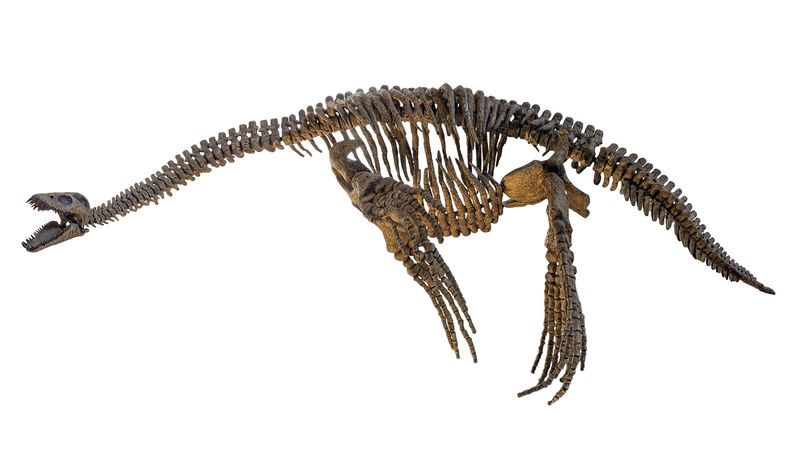
When plesiosaur fossils were first discovered, their bizarre anatomy puzzled and even misled scientists. Some early paleontologists believed these fossils were fakes, given their peculiar body structures.
The long necks, paddle-like flippers, and unique arrangements seemed too strange to be real.
However, as more complete specimens were unearthed, the true nature of these remarkable creatures became clear, revising our understanding of the diversity and complexity of ancient marine life.
11. Neck Flexibility Was Limited
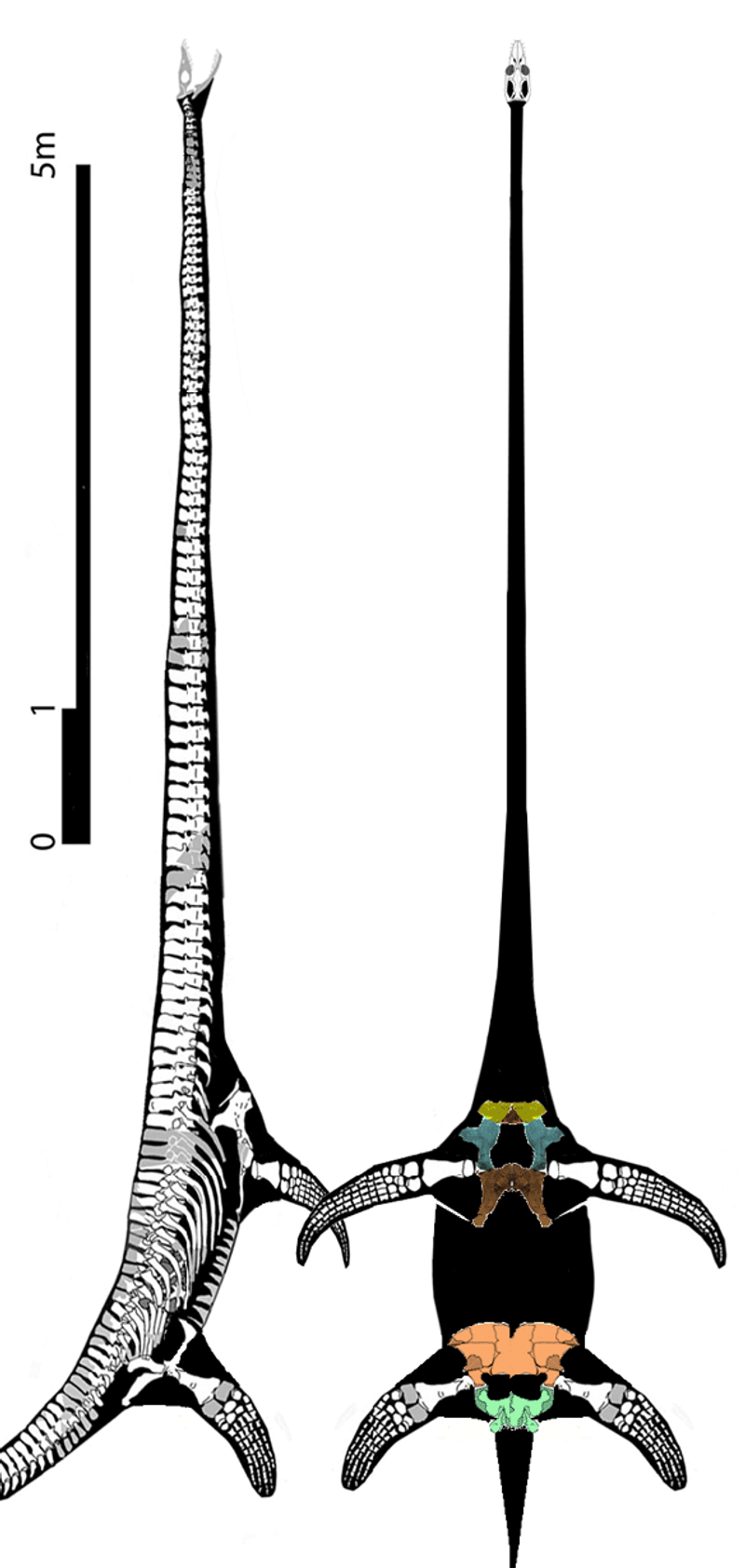
Despite having an impressive number of vertebrae, plesiosaurs didn’t possess the neck flexibility one might expect.
Recent studies suggest that their necks functioned more like stiff levers than twisting, serpentine appendages.
This rigidity would have influenced their hunting strategies, possibly limiting their range of motion but adding stability when capturing prey.
12. They Might Have Been Warm-Blooded

Fossil isotope analysis hints at the possibility that plesiosaurs may have been warm-blooded.
This metabolic adaptation would have allowed them to maintain a stable body temperature, even in colder waters.
Such a trait is typically associated with mammals and birds, making this potential discovery even more intriguing.
Being warm-blooded could have provided plesiosaurs with an evolutionary advantage, enabling them to thrive in a wider range of oceanic environments.
13. They Were Global Travelers
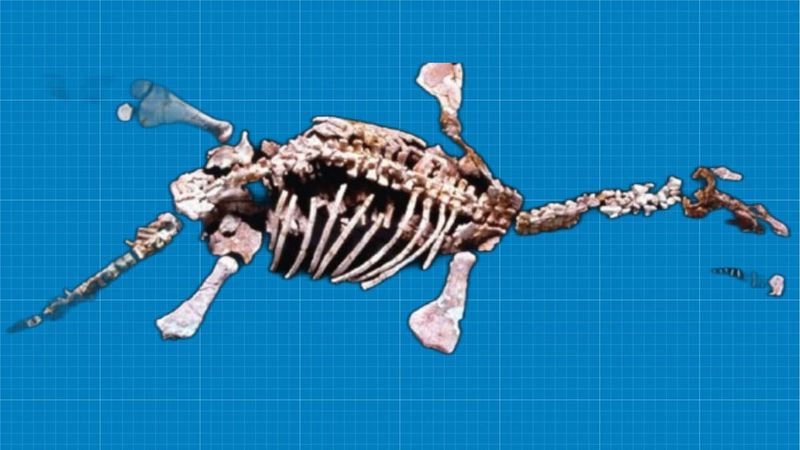
Plesiosaurs were true globe-trotters, with fossils unearthed on every continent, including Antarctica. This widespread distribution underscores their success and adaptability in various marine environments.
It also highlights how interconnected our planet’s ancient oceans were, allowing these reptiles to migrate vast distances.
Their presence across such diverse locales speaks to their resilience and ability to flourish in different climates and ecosystems, making them a truly remarkable group of ancient travelers.
14. They’re Linked To Loch Ness Legends
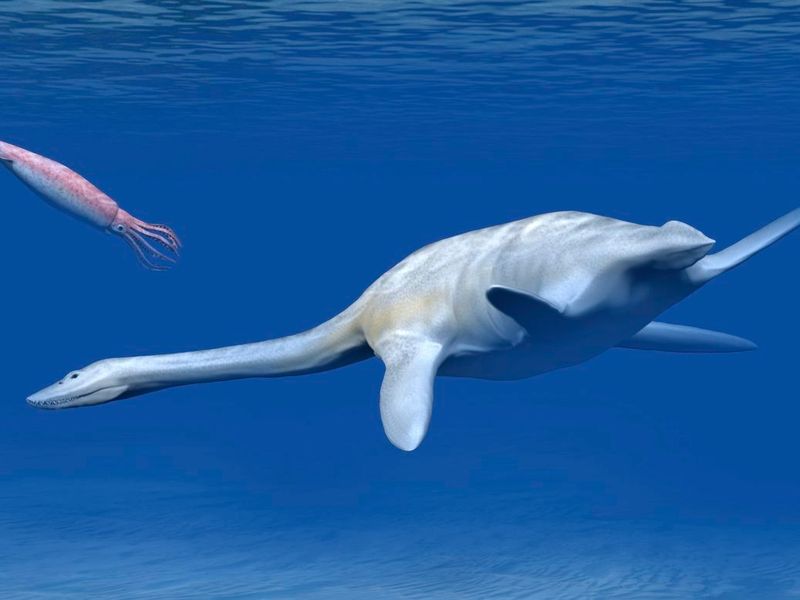
The iconic image of the plesiosaur has fueled myths and legends, most notably the Loch Ness Monster.
Many early depictions of Nessie bear a striking resemblance to these ancient reptiles, with their long necks and aquatic traits.
This connection has sparked imaginations for decades, intertwining science and folklore.
While plesiosaurs are long extinct, their legacy lives on, captivating minds and inspiring stories that blur the line between reality and myth.
15. A Soft-Tissue Fossil Just Changed Everything
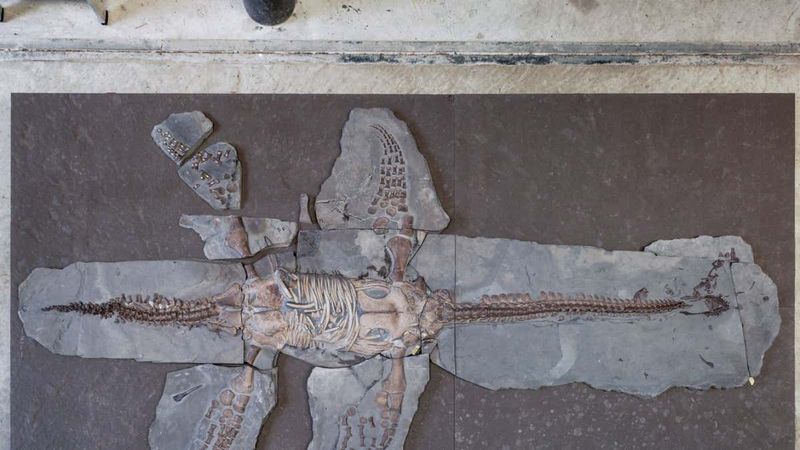
A groundbreaking find in England revealed a 183-million-year-old plesiosaur fossil with remarkably preserved soft tissues, including skin and internal organs.
This rare discovery offers unprecedented insight into their appearance and biology, reshaping our understanding of these ancient creatures.
Soft-tissue preservation is exceptionally rare, making this find a scientific treasure. It opens new avenues for research and brings us closer to visualizing how plesiosaurs looked and lived in their prehistoric world.



